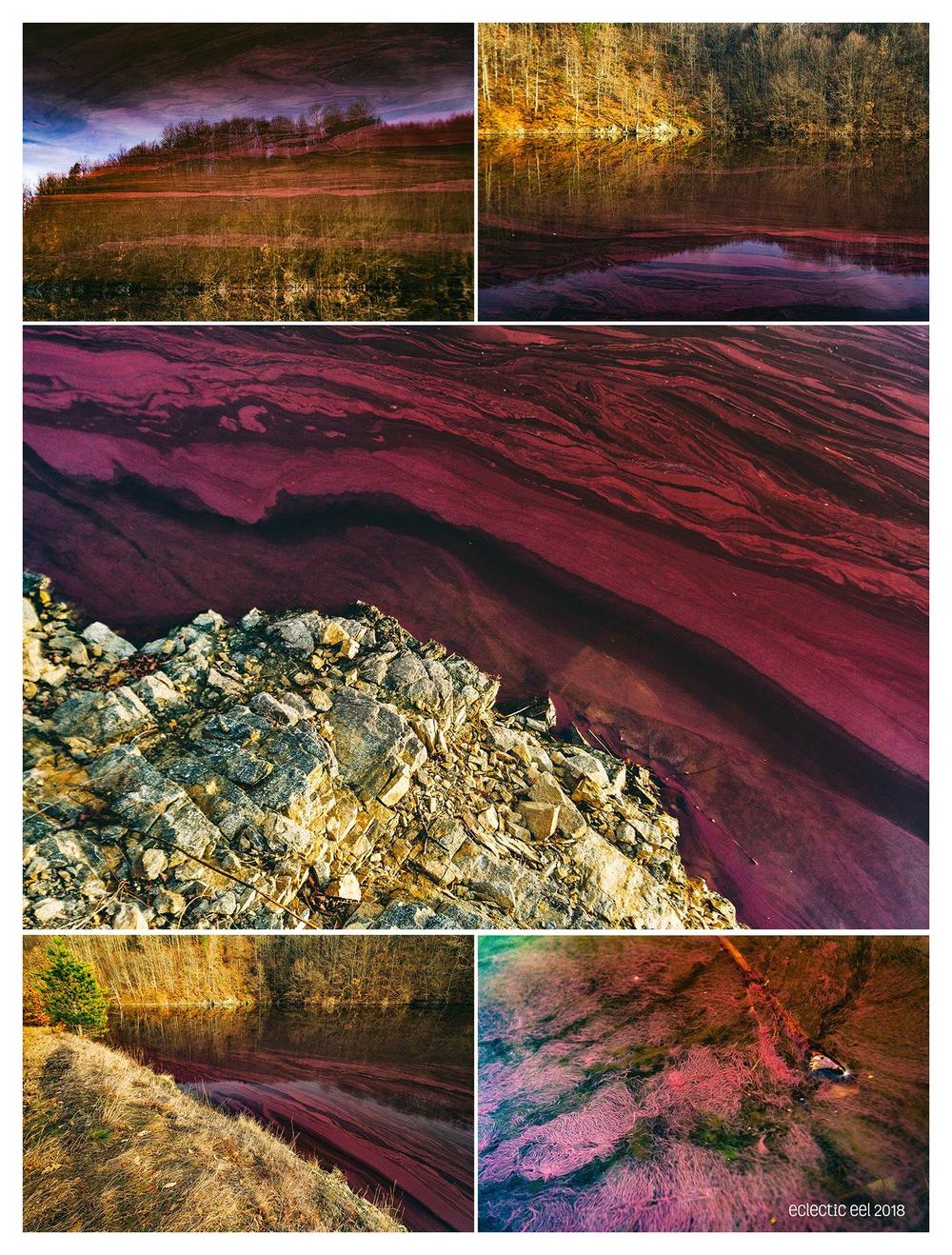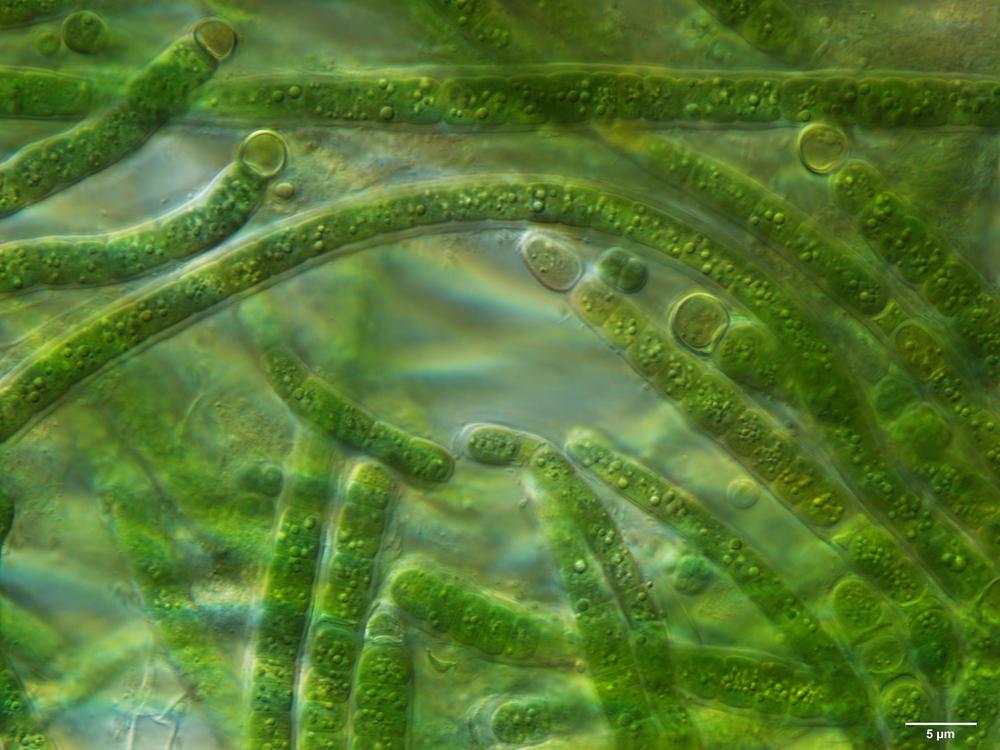Kylmääki 1/2024 - The brave cyanobacteria encourage us to expand our borders
Zorica Svircev,
professor in Hydrobiology
at The University of Novi Sad in Serbia
The brave cyanobacteria encourage us to expand our borders
For Finns, the Baltic Sea and Finnish lakes are among the most beautiful pearls of nature. For us foreigners from the southern regions, they are certainly very unusual and interesting gifts of nature, which are deeply etched in our memory. That invisible subtle thread that permanently binds us to the beauty of Finnish lakes and the Finnish sea is their dynamics during the year due to changes in weather conditions. From vivid landscapes in the summer to crystal beads in the winter - each image has its own beauty and deep story. To me, the most interesting stories are related to swimming in cold water. The experiences of a swimmer in cold water sometimes take my breath away. We, who do not dare to cool our feet in water even during the summer, deeply admire you who successfully overcome physical and mental barriers in contact with ice water. What divides us into two groups, us who belong to the same species, the same Planet, the same age, with the same blood groups, the same pets, the same problems...?
It may seem to someone that the answer is very simple: someone likes cold water and someone doesn't like cold water, or people differ. That answer is not good enough for me. In order to find a solution, I will go back in time when the first forms of life on our planet appeared, 3.6 billion years ago. The first life forms could use sunlight and mineral substances to survive. Organic matter was simply not enough to meet the needs of emerging living beings. Those first cells are recognized as today's blue-green algae. We call them algae because they have organelles that enable the process of photosynthesis, and their color is mostly blue-green. However, their color is not always like that because sometimes they appear green, and sometimes red, or some other color. Blue-green algae are not actually algae. According to the organization of their nucleus they are bacteria. Since that blue-green color is called cyan color, these microorganisms have been given another name - cyanobacteria.
Living in that first Earth ocean, cyanobacteria developed different forms, increasing the amount of oxygen and organic matter in the water, providing life for bacteria and other aquatic microorganisms. Cyanobacteria had lived in the water producing oxygen that was slowly released into the air and thus provided a new environment for the development of life outside the water. It took almost a billion years for a small group of cyanobacteria to venture out of the water onto land. Were they cold in the new environment? Or too warm outside the water? Did strong sunlight bother them? As much as there was a difference between water and land, those who came out on land "loved" those conditions. Spreading their areal in terrestrial conditions, they pushed the limits of their distribution: some inhabited the ice surfaces of the polar regions, some thermal springs, the rims of volcanoes, caves, deserts, salt marshes... Every time they encountered extreme habitats, a group of the bravest cyanobacteria that "loved" such conditions would separate. Perhaps the bravest were those who decided to enter another cell and thus agreed to become only organelles in another living being. Yes, chloroplasts were created from cyanobacteria, in other words they caused the appearance of the first autotrophic plants.
What will surely surprise many of you is the fact there is not a day without meeting them. While you water the flowers in your apartments, they watch you from the pots. As you walk the streets, they peek out from under every bush, every clod of soil. They can be seen as greenish coatings on buildings and monuments and threaten to damage the authenticity of those buildings. And of course, there are most of them in your hair when you get out of the water of the lake and the sea.
The extraordinary diversity and enormous ecological amplitudes have caused the different ecological significance and functions of cyanobacteria. In nature, they are extremely important in all aquatic ecosystems because they produce the largest part of organic matter as primary producers. In terrestrial ecosystems, they are the primary colonizers, which means that they are the initiators of life after ecological disasters. They are prime candidates for terraforming other planets. In addition to exceptional ecological importance and ecological services, cyanobacteria also have great biotechnological potential and importance. They produce many substances important in the pharmaceutical, food, cosmetic industry, in the production of energy, easily degradable thermostable plastic materials, in the production of enzymes important in genetic engineering and other biotechnologically important compounds. They acquired such biotechnological potential precisely by singling out "brave" groups, who could accept and conquer the new conditions only through deep changes, most often mutations. Such changes also led to the emergence of new metabolites that ensured their successful and easy survival. When a small group of cyanobacteria ventured to live in conditions without available nitrogen, an element necessary for the construction of DNA, some of them succeeded in this remarkable feat by beginning to fix elemental nitrogen. That is why today we are investigating the potential of those cyanobacteria in agriculture.
However, the same cyanobacteria can be our great enemies. In conditions of high organic loading of aquatic ecosystems, most often as a result of anthropogenic pollution, cyanobacteria can have massive growth and lead to "water bloom". Anyone who has walked along the magical Naantali Quay must have seen the blue-green color of the water. That color is a consequence of the blooming of cyanobacteria, mainly during the warmer part of the year. The color is not the biggest problem with cyanobacterial blooms. They can be producers of extremely potent toxins, known as cyanotoxins. Some of them can make serious health consequences and even be lethal. If you feel protected as swimmers in cold water from cyanobacteria blooming in icy water, you are wrong. During their extremely long evolution, one brave group of cyanobacteria managed to adapt to ice water, so that blooming can occur under the ice cover. When they bloom in cold water, their color is most often intense red, so you would definitely recognize a potential danger.
And so, after the period of boiling ocean in the early history of our planet to the frozen water ecosystems, cyanobacteria rule in the space between extreme ecological valences. They achieved this thanks to an important life principle that is the driver of all living systems and the carrier of the evolution process. This principle leads us to conquer extremes, break down barriers and push boundaries. This principle encourages us to touch our own limits and thus expand the knowledge of our own being. Each of us is looking for a way to realize that principle according to our own predispositions. According to the experience of cyanobacteria, each brave group brought some new qualitative and quantitative values.
What will your brave group bring to humanity? Maybe you'll start to glow in the dark - you don't need fluorescent stickers! Maybe you will have a smile on your face forever - what luck for your environment! Maybe you will warm the environment with your breath on cold winter days - here is the solution for the economic crisis! And maybe at this moment it is quite enough that you have such a fantastic magazine that sets you apart from all the people in this world!


